The history of Miners lamp
 Aug 27,2018
Aug 27,2018

 JLKJ
JLKJ
The history of Miners lamp
Providing miners with a safe and powerful form of lighting for use in one of the most hazardous environments encountered has taken a long time, effort and initiative.
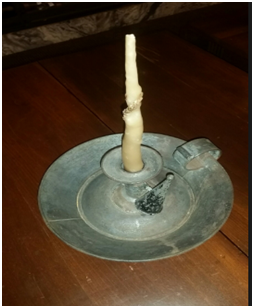
But with demand for coal increased & technology developing , miners lamp has constantly upgrade, from simple fire gradually evolved into lightweight and safe led mining light. So Miner lights can be divided into below general classifications: saucer-type open grease lamps, hanging oil lamps, miners candles, oil wick lamps, safety lamps, carbide cap lamps, and electric miner lamps, led miner lamp.
Saucer-type Open Grease Lamps
The open saucer-type grease lamp is the first type of mine light, it was popular in the 1700's.
The grease lamps was often decorated with ornamental figures such as roosters. These figures acted as good luck charms for the miner.
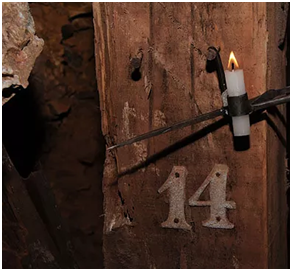 Miners
candle
Miners
candle
Later, candles made of hard tallow became a popular source of light within the mines. The candle-holder was adopted for use in the mines as well.
These candles were typically held in a steel holder with a looped handle, a thimble to hold the candle, along sharp point and a hook. The holders were either stuck into timbers or hung from the rock walls of the mine.
 Oil
wick Lamps
Oil
wick Lamps
The oil- wick cap lamp was in use in Scottish mines around 1850, and remained in use until the 1920’s.
These looked like small kettles. The body of the kettle was filled with oil and a wick was pushed into the spout. The oil-wick cap lamp held a variety of advantages over candles—the light burned brighter, lasted longer, and was easier to carry and wear.
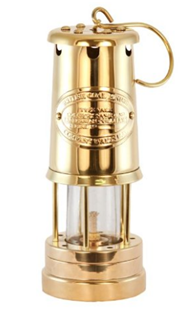 Davy lamps
Davy lamps
The Davy lamp was invented by Sir Humphry Davy in early January 1816. And widely be used to serve as a test for harmful concentrations of carbon dioxide, which would extinguish the flame at a non-lethal concentration, alerting the miner’s to unsafe working conditions.
Although safety lamps addressed the issue of mining explosions, they did not become as numerous as other mining lights for a variety of reasons. As Many miners objected to using safety lamps because they were cumbersome, could not be worn on the cap, and gave a poor light, which all served to reduce a miner’s efficiency.
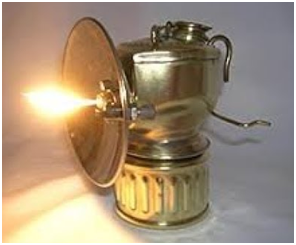 carbide
cap lamps
carbide
cap lamps
Frederick Baldwin is credited with developing the first carbide cap lamps.
Carbide cap lamps are powered by the reaction of calcium carbide (CaC2) with water (H2O). The carbide lamp consisted of several improvements to both the oil-wick lamp and candle as a means for lighting in non-gaseous mines.
But the The popularity of carbide cap lamps was short–lived, as electric battery powered lamps came into favor around 1918 due to their superior light, safety, and runtime, and had almost completely replaced carbide lamps by the 1930s.
 Electric
miner lamp
Electric
miner lamp
In the 1890s electric hand lamps were being developed and came on market around the year1902, The dawn of the electric lamp allowed the miner to work in any position without restraint, as it did not interfere with the free motion of the body and have a lifespan of approximately five years.
But the electric light was too heavy and required a liquid electrolyte, which proved inadvisable for several reasons.
Nowadays, most of miners use LED miners lamp instead of the heavy electric miner lamps. As the widely use of LED light source and lithium batteries, makes led miners lamp a lighter weight and more safety than Electric mining light.
LED mining lamp in general divided into two styles: corded and cordless. Golden Future is a specialist on the design and selling of LED industry lighting for more than 10 years, especially for mining lamp. So if any query for miner lamp, pls Click here" Golden Future Miner Lamp" to get more details.

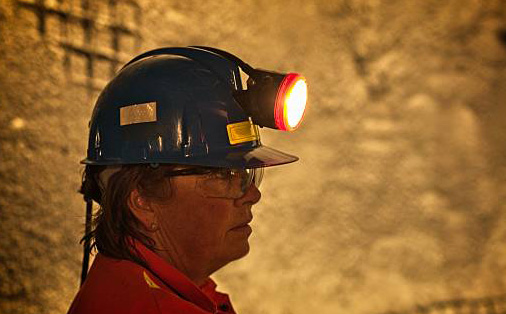






 HOME
HOME
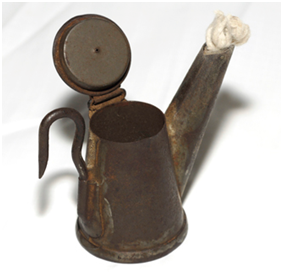
 Mine collapse in Zimbabwe kills one, injures three
Mine collapse in Zimbabwe kills one, injures three  You May Also Like
You May Also Like
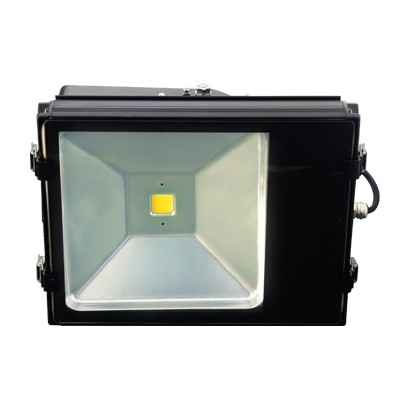


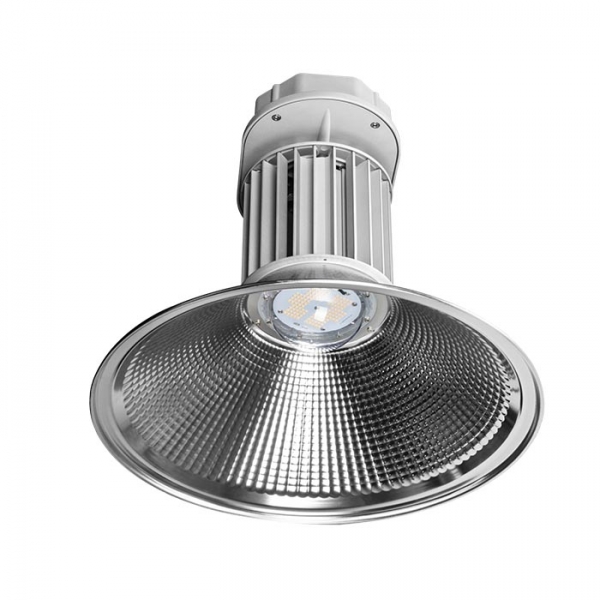
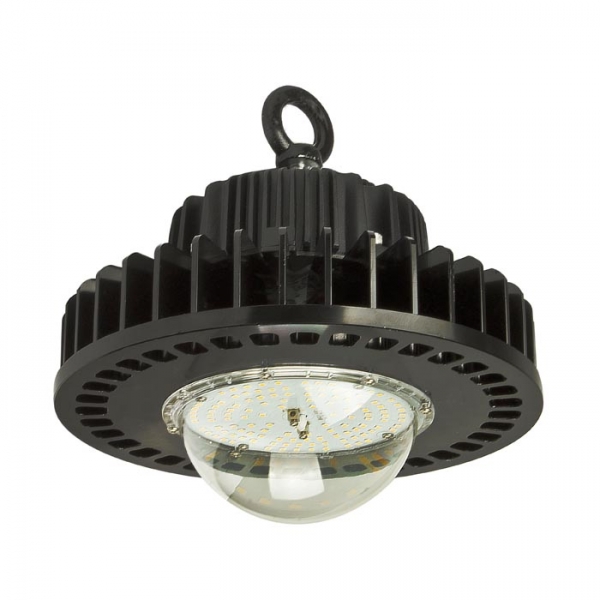
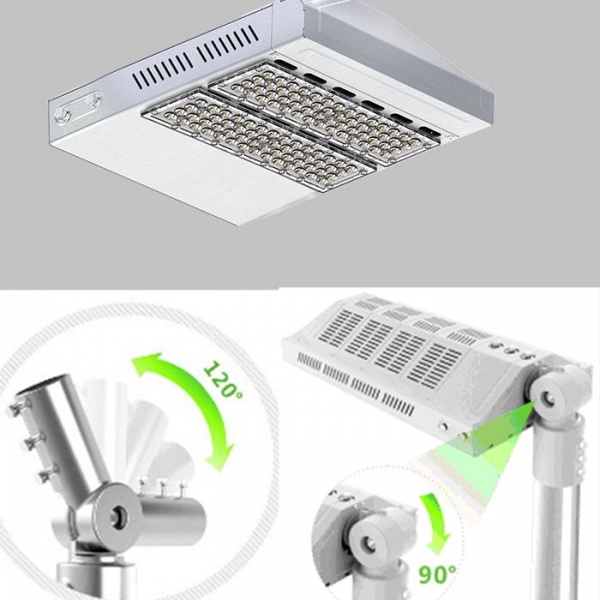


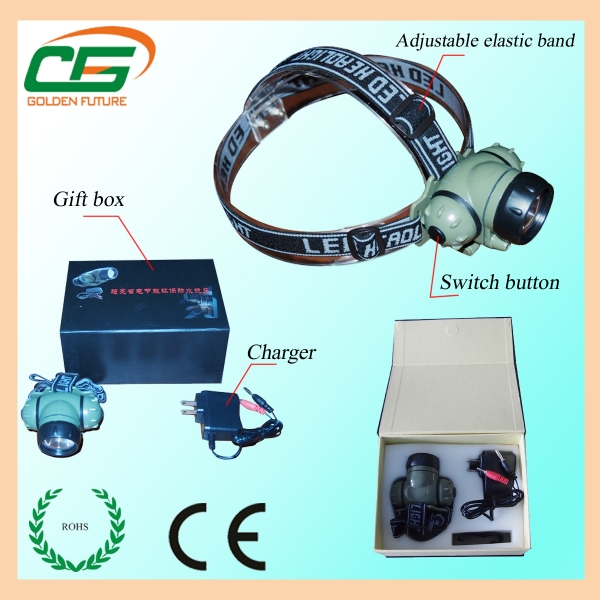


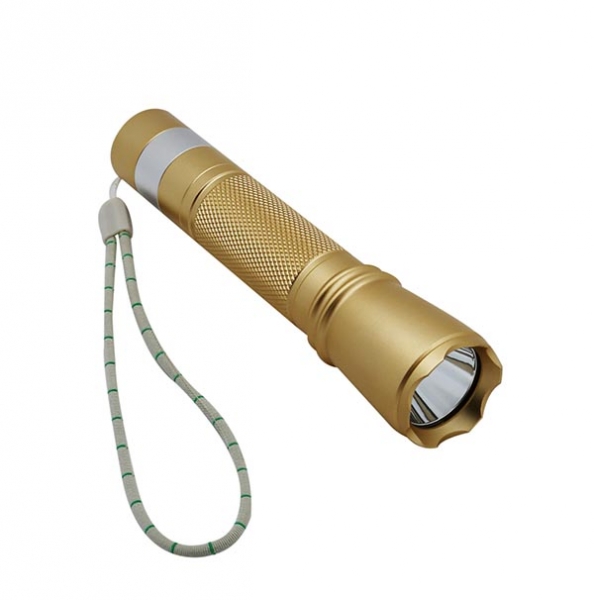
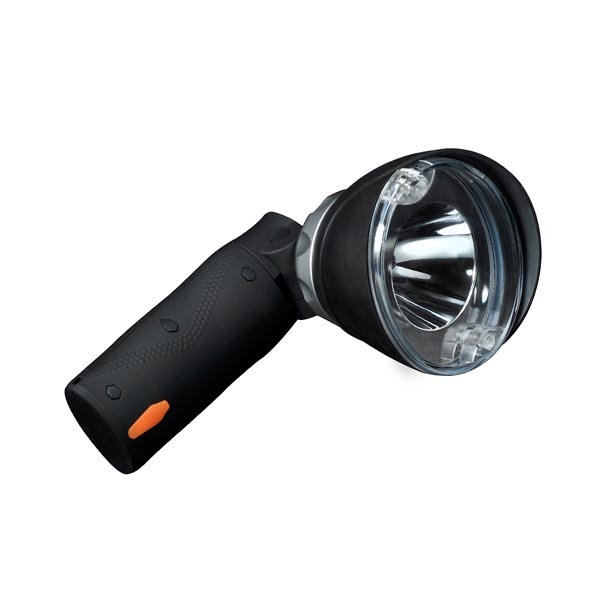
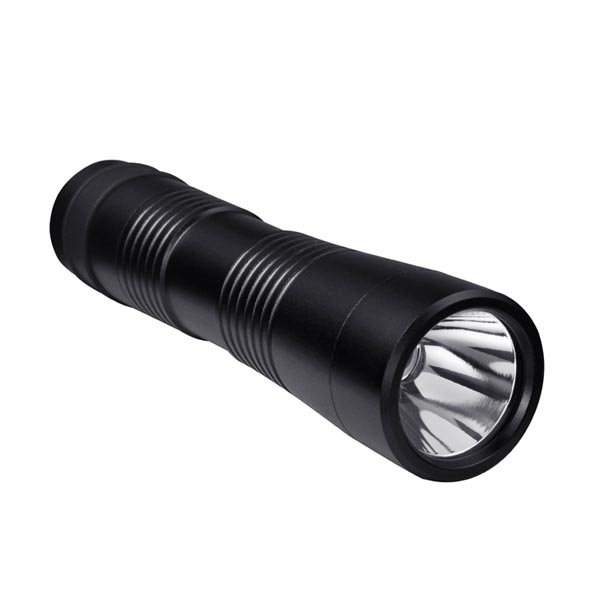
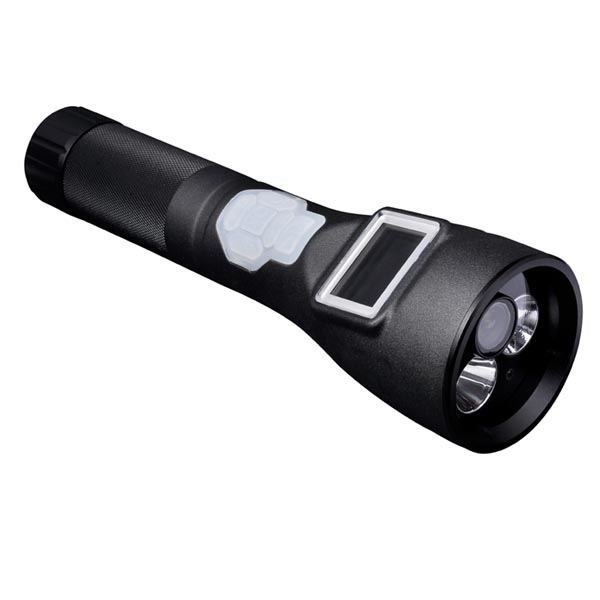
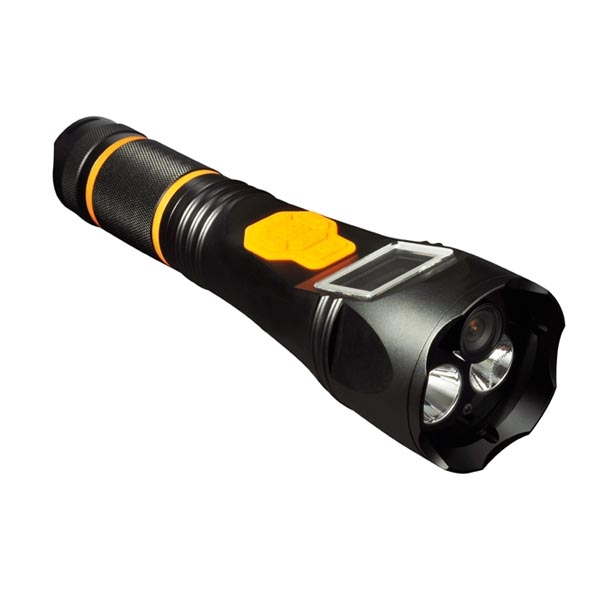
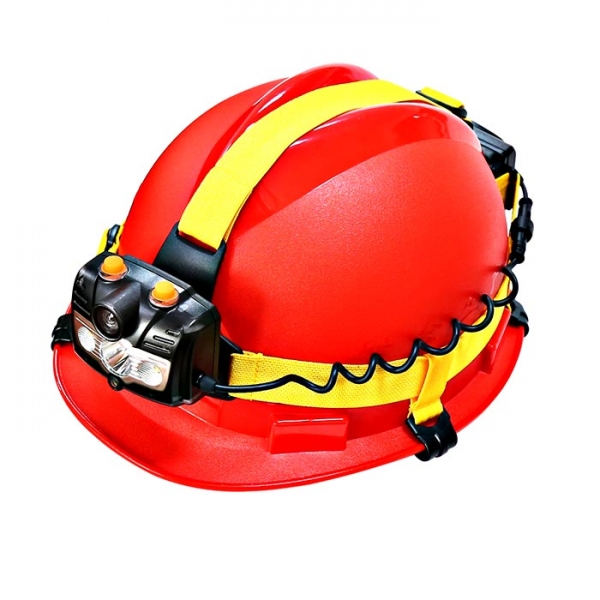
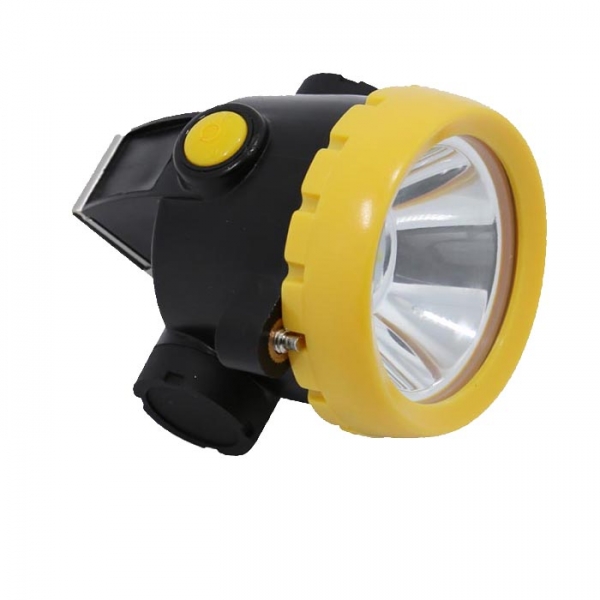
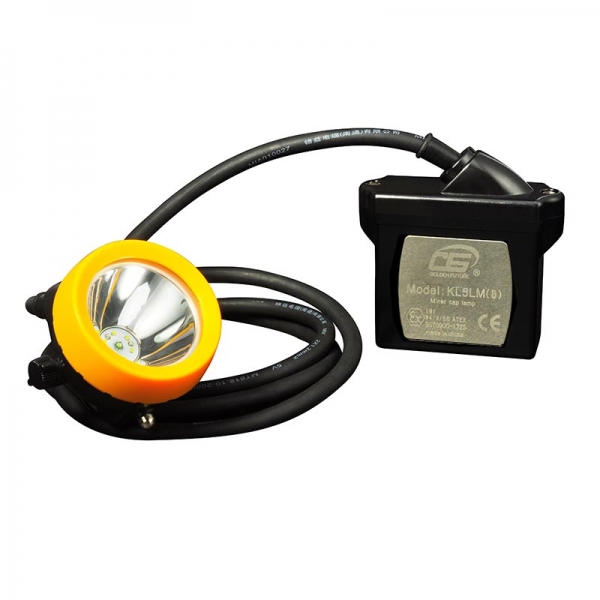
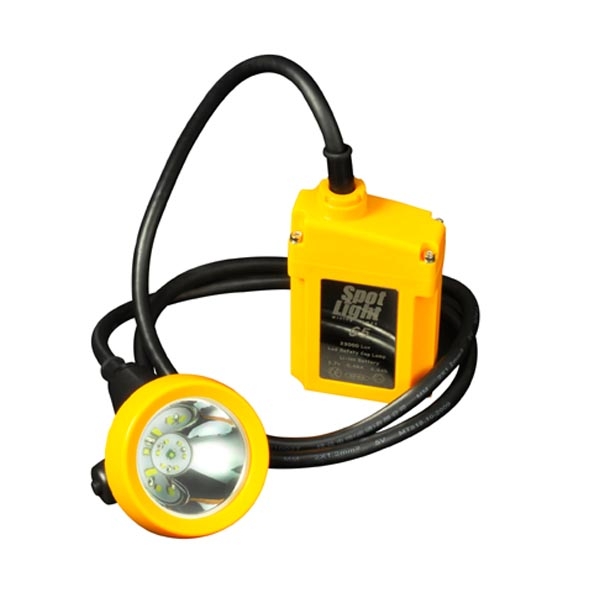


 Tel
Tel
 Email
Email
 Address
Address





